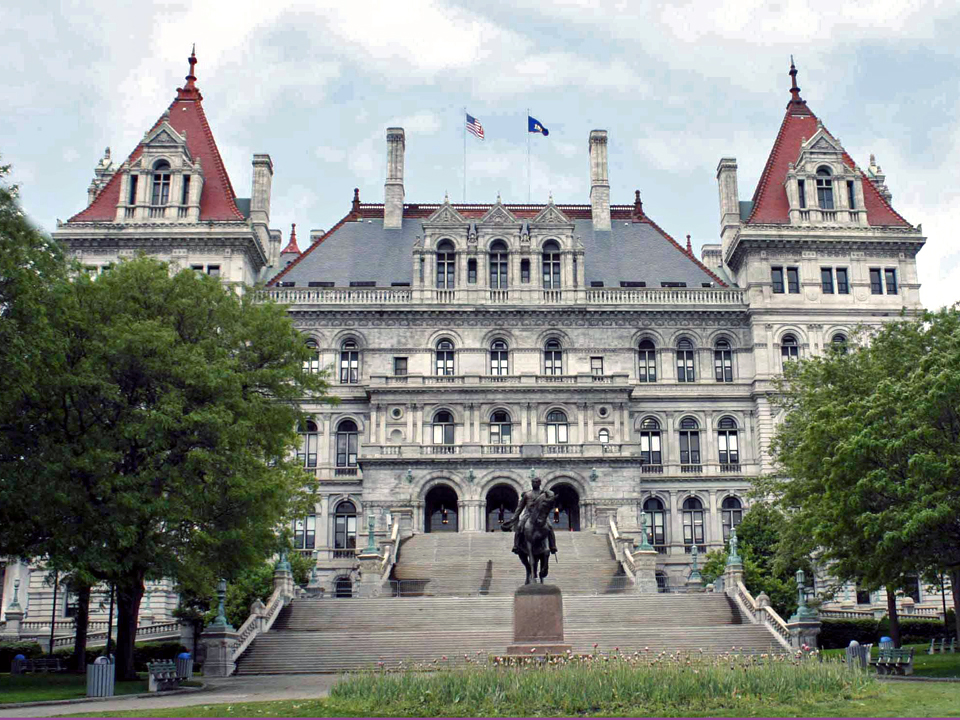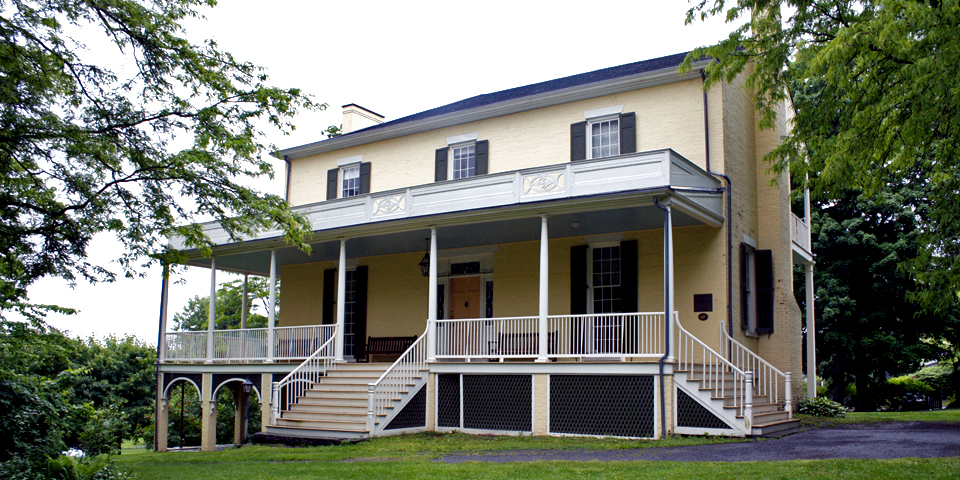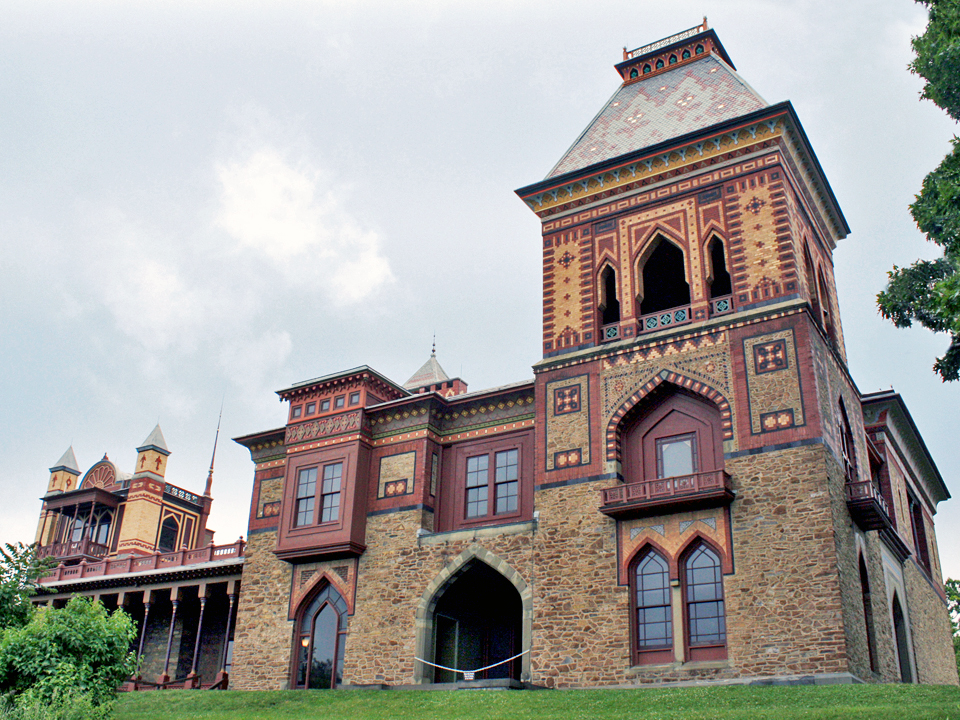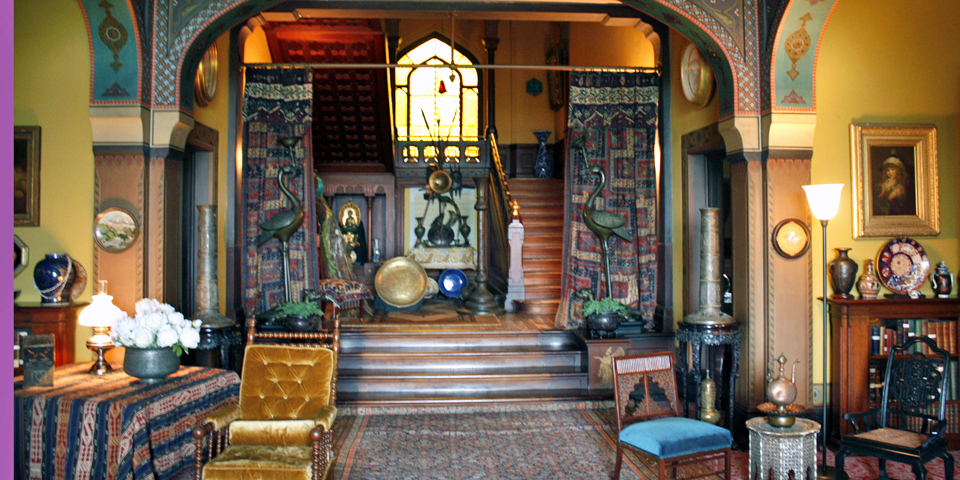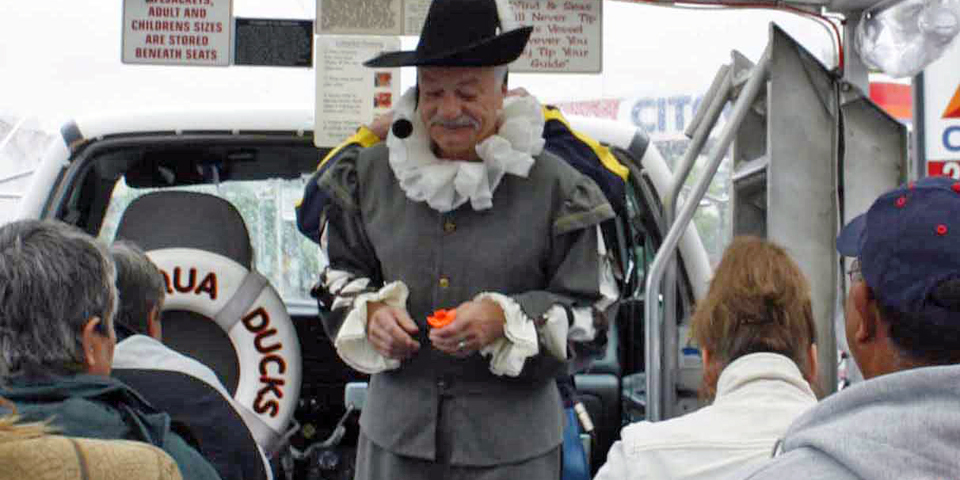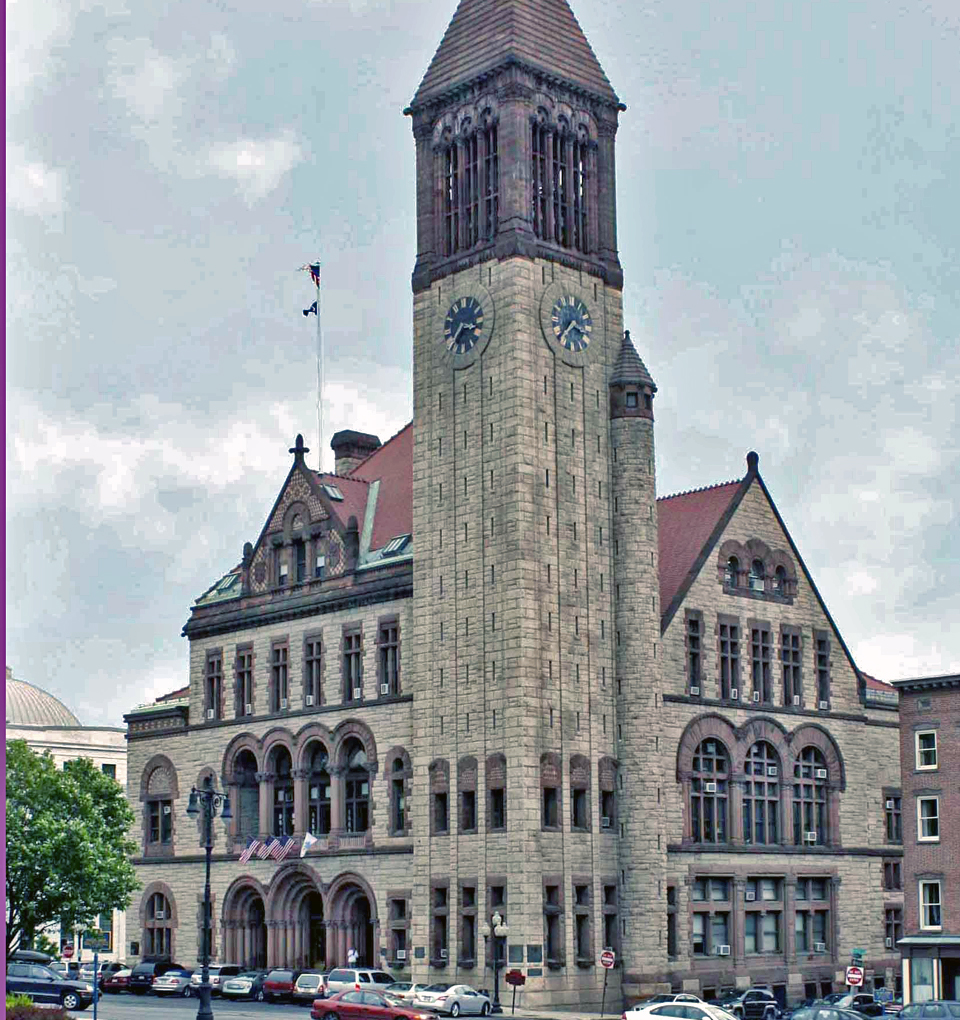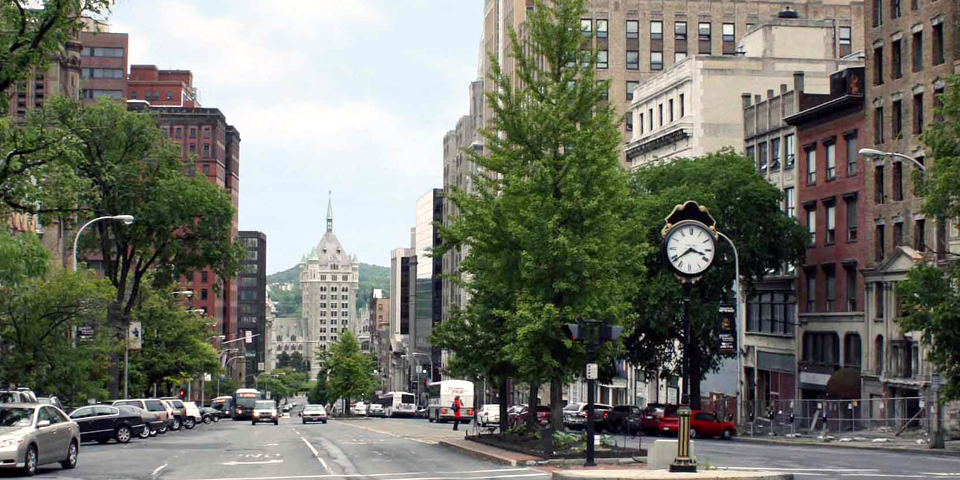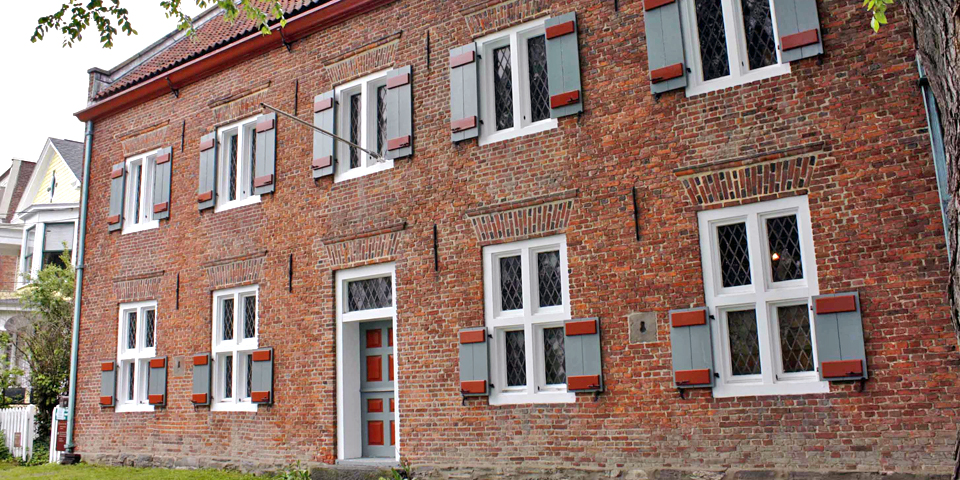Hudson River Valley: A Dutch Treat
It was 400 years ago that navigator Henry Hudson set sail on an expedition that took a surprising turn. He had twice sailed into Arctic waters and failed to find the Northeast Passage, a route north of Europe and Asia connecting the Atlantic and Pacific Oceans, for his native England. With no more sponsors in sight, he signed with the rival Dutch East India Company to find this trade route to the sought-after spices, silks, and other luxury goods of the Orient.
=
Fearing mutiny in the frigid and stormy waters, he violated his contract and turned his ship the Dutch East India Company toward a warmer route. He explored the eastern coast of North America from the Grand Banks to Chesapeake Bay, this time in search of the elusive Northwest Passage. Sailing his ship about 150 miles up the waterway that now bears his name, he found it too shallow to continue and decided to head back. Never would he have imagined that another disappointment would be his legacy.
Hudson returned to England, where he was arrested for the treasonable offense of sailing under another flag. The ship was eventually released and the Dutch crew sailed home with the ship’s logs. Historians debate why he did not return to Amsterdam. Had he been spying to obtain Dutch maps and expertise? Had he intended to explore the New World all along? In any case, the arrest was brief and the English East India Company gave him command of another ship, Discovery. This would be his final voyage. After being trapped in ice all winter, his mutinous crew set him and his son John adrift, never to be heard from again.
Meanwhile, Hudson’s logs revealed to the Dutch that he had found a fertile and forested area with an abundance of animals and fish and natives eager to trade beaver pelts used in making highly fashionable European hats. The Dutch sent other navigators to investigate and established a trading post and settlement, Fort Orange.
After the British gained control of the area they renamed it for the Duke of York and Albany. New Amsterdam became New York City. The Fort Orange area was called Albany, but retained its Dutch heritage and language.
Visiting today
The Rip Van Winkle Bridge leads to a region from which the legends and literature of Washington Irving and James Fennimore Cooper and the landscapes of Thomas Cole and his followers gave a new nation international recognition. A visit to two homes in this area reveals the inspiration for a new American art movement.
Thomas Cole
The Thomas Cole National Historic Site, Cedar Grove, in Greene County, includes the home, period furnishings, art and artifacts, and a restored studio. In an age when most successful painters were creating portraits for wealthy patrons, Cole found little financial success in this. He moved to Catskill, New York, and closely studied and painted the natural scenery around him. His magnificent landscape paintings often featured dramatic light and religious or allegorical themes and revealed his awe and appreciation of the beauty and majesty of the natural wonders of the American wilderness. His work became the foundation of the 19th century American landscape tradition known as the Hudson River School of Art.
Many of his masterpieces were created from the glorious views of the Catskills from the west porch of his home. Cole would also walk for miles, sketching what he saw, collecting specimens, and returning to his studio to paint. His work came to define the American frontier and brought attention to its beauty. It attracted tourists to the region and inspired an environmental preservation movement that led to the National Parks system.
Self-guided trails lead to the views that inspired the Hudson River School artists.
The grand home of another artist is just across the river. For a pleasant break between tours, stop in Catskill’s Main Street area for lunch or to browse the shops.
Frederic Church
A wealthy New Yorker impressed by Cole’s landscapes sent his son, Frederic Church, to study with him for two years. Church went on to travel the world and to amass a fortune with his artistic talent and business and marketing acumen. Some of his works were sketched from Cole’s porch or with Cole from the hill where he eventually built his home, but he is best known for his portrayals of Niagara Falls, the Andes and icebergs.
He became the most popular American landscape painter of his time and charged a handsome admission to see just one of his magnificently staged paintings of places most people only dreamed of.
His Persian-style palace, Olana, in Columbia County, is filled with original furnishings collected in his travels and looks much as it did when he lived there. It is considered to be one of the most important artistic residences in the United States and its authenticity makes it one of most visited sites in the state.
Like his friend Fredrick Law Olmstead, designer of Central Park, he had an artistic eye for landscape design. Church created visual experiences in popular Picturesque landscaping style with a foreground, middle ground, and background to highlight the elements of the area, planning glimpses and vistas for guests’ approach. This was his masterpiece and he wrote “I can make more and better landscapes in this way than by tampering with canvas and paint in the studio.”
Paintings of the Hudson River from Olana by Church and fellow artists are in an exhibit. A computer program illustrates how windows frame the views, part of Church’s extraordinary integration of architecture, and landscape, and his art.
Olana’s grounds are open free of charge to the public 8AM to sunset. The viewshed of over 1000 acres has been preserved for generations to come.
Albany
North along the Hudson River is Albany, capital of New York State.
This cultural center has one of the oldest museums in America, older than the Louvre or the Smithsonian. The Albany Institute of History and Art began in 1791, during George Washington’s Presidency.
For an overview of the city, past and present, head to Quackenbush Square for an Aqua Ducks tour. Join staff and reenact ors in a 90 minute narrated sightseeing tour that travels along historic streets before splashing down in the Hudson River.
The brownstone and granite City Hall, Albany, New York has a 49 bell carillon that can be enjoyed from many of the area’s parks.
You’ll marvel at the grandeur of the New York State Capitol and the Flemish Gothic Delaware and Hudson Building as you and compare it to the modern art and sleek lines of the Empire State Plaza.
The New York State Capitol is the Empire State’s grand fusion of architectural styles from Romanesque to Renaissance. It took several teams of architects 32 years (1867-1899) and a staggering $25 million to build. Tours are FREE. Call (518) 474-2418 for tour times.
At the Governor Nelson A. Rockefeller Empire State Plaza you can enjoy renowned modern art, marvel at the view from the Corning Tower Observation Deck, then go for a ride on a 19th century carousel and learn about New York’s colorful history at the NY State Museum—all FREE. Treat yourself to a performance at The Egg.
Discover who is buried within one of the historic churches and what another church bought for 25 beaver pelts. Pass the mansion of a Revolutionary War General and childhood home of the author of Moby Dick.
State Street, Albany, New York, is unusually wide because colonial public buildings were in the middle and houses lined the sides.
Learn about the former RKO and vaudeville theater that is now home to Albany Symphony Orchestra and the Berkshire Ballet, why State Street is so wide, where “Legs” Diamond hung out, and where to find the “Village in the City”.
Disembark from the AquaDuck Tour and it’s just a few steps to the Visitor Center.
The Governor Nelson A. Rockefeller Empire State Plaza displays the most significant state collection of modern art in the USA. Fountains and benches line the pedestrian area and there’s a FREE observation deck is on the 42nd floor of the Corning Tower. On a clear day you can see the Hudson River Valley, the Catskills, the foothills of the Adirondacks, and the Berkshires. Catch a performance at The Egg, the Center for the Performing Arts. Its New York State Museum, the country’s oldest and largest state museum, is at the south end. Go for a spin on its restored 19th century carousel—it’s FREE!
For an inside view, visit Crailo, Hendrick Van Rensselaer’s early 18th century brick manor, originally on a 700,000 acre estate known as a patroonship. Hendrick Van Rensselaer was the grandson of the First Patroon. British and American troops camped here during French and Indian and Revolutionary Wars. It is said that “Yankee Doodle” was written here by British army surgeon Richard Schuckburgh while he resided upstairs as a way to make fun of the provincial troops. Crailo reopened this month with creative hands-on exhibits featuring the early Dutch and Native Americans.
History buffs want to tour the grand Schuyler Mansion, where Alexander Hamilton married Elizabeth Schuyler, or Ten Broeck Mansion. Both were homes of Revolutionary War Generals who married women from the Van Rensselaer family.
A best bet for accommodations
Morgan State House
Beautifully restored 19th century elegance overlooking Washington Park
Voted Best in the Capital/ Saratoga region
6 rooms, complimentary breakfast
© 2014 : All Rights Reserved. No part of this site may be reproduced, copied, or borrowed without contacting us for written permission. Contact information is available under the About Notable Travels tab at the top of the page.

